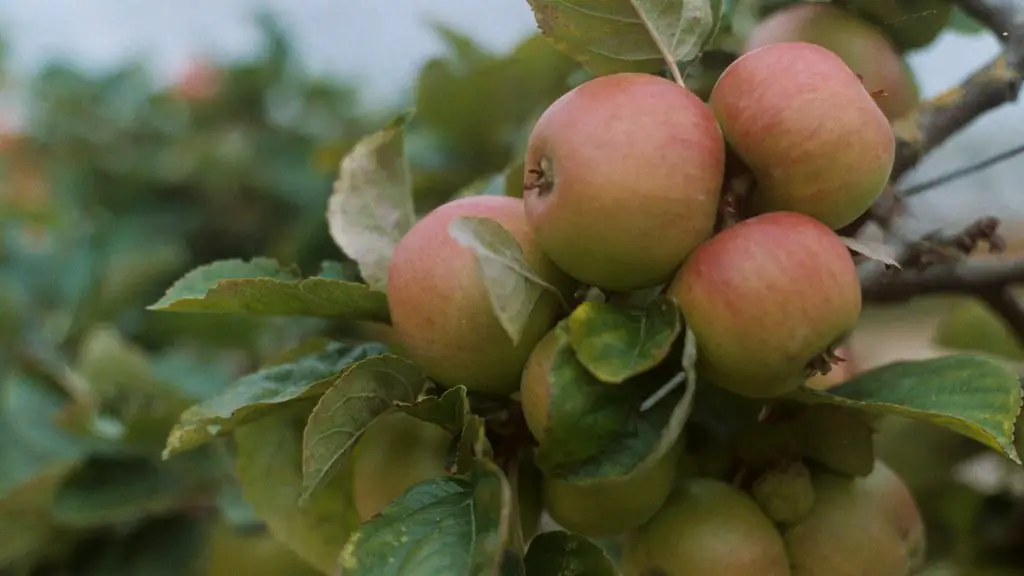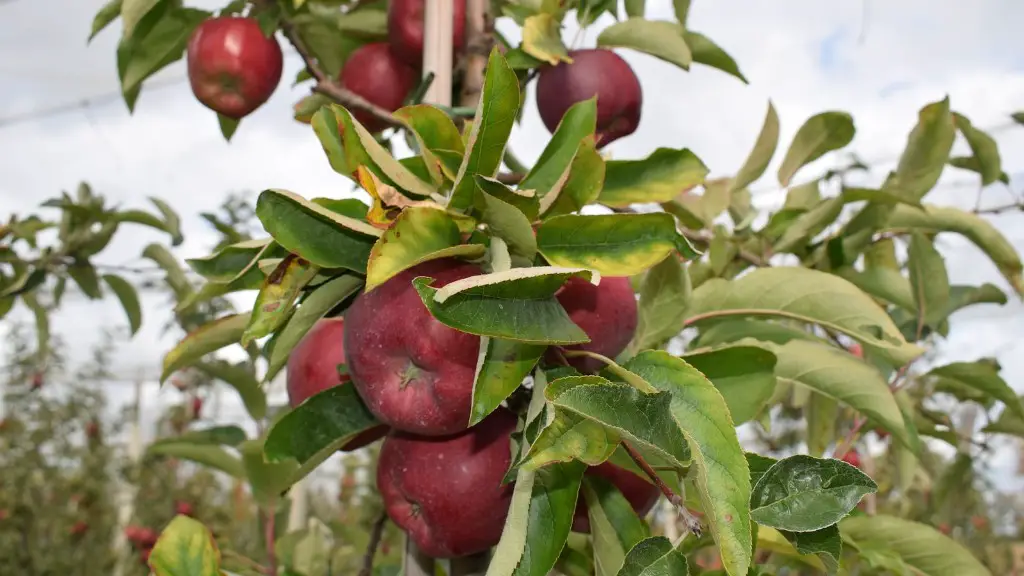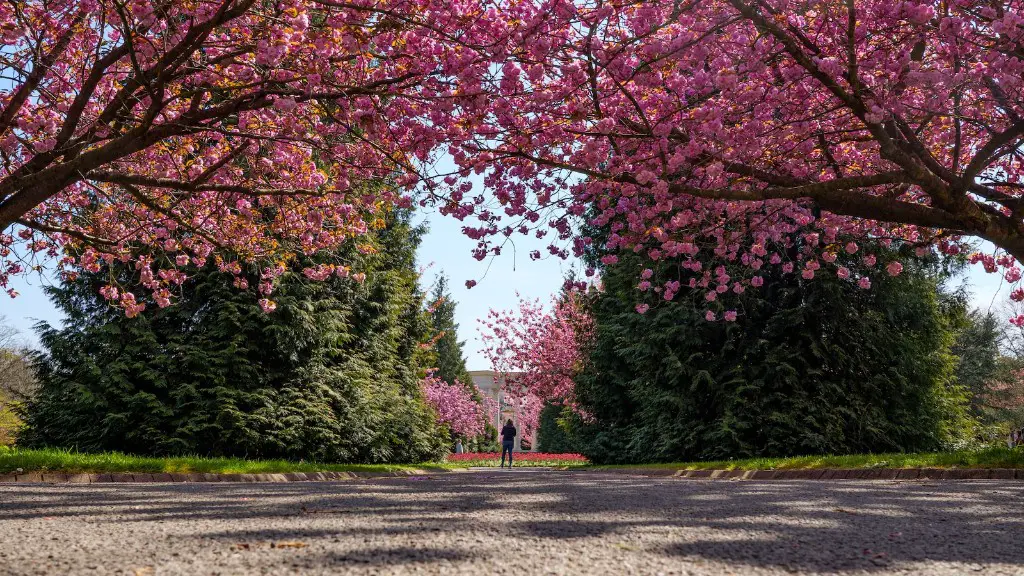Avocado trees, native to Mexico and Central and South America, have been cultivated for many centuries and now grow in tropical, subtropical and limited temperate climates across the world. Avocado trees are highly desirable for their nutrient-dense fruits and attractive, tropical foliage—but they can be tricky to propagate. Here, we’ll go over the steps to make avocado propagation possible, while explaining the science behind it.
If you’re starting your avocado tree from seed, you’ll need to select a good one and remove the seed coat. To do this, rinse an avocado seed in water and use a kitchen knife to scrape or crack off the outer layer, also known as a seed coat. Once you’ve accomplished that, place your avocado seeds into a pot of water with the pointed end pointed up. The water should be around two inches deep, and if you keep it at room temperature, the water should germinate relatively quickly—within a week or two.
Once the avocado’s root has grown around 12 to 18 inches long, remove it from the water and plant it in light potting soil. Avocado trees prefer full-sun to partial-shade areas with well-drained soil. Space the tree approximately 10 feet apart, so that each branch is allowed enough space to grow. Keep the soil moist—but not drenched—and after a few weeks you’ll start to see your avocado tree begin to grow!
Once your tree has had a few months to anchor itself in the landscape, take soil samples so you know the state of your soil’s pH levels and the overall health of your tree. Plant your avocado tree in an area that has slightly acidic soil with a pH level of 6 to 6.5. A healthy soil bed is key for the tree’s continued survival. If your soil doesn’t measure up, feed it organic compost or NPK (nitrogen-phosphorus-potassium) fertilizer a few times a year.
When your avocado tree reaches three to four feet tall, it’s time to prune. Pruning helps the tree’s growth, so remove any weak or broken branches and leaves, or any dead growth. Do this carefully, making sure the cut is above a bud—that way the tree can grow another branch at the cut site. Additionally, use a pruning saw to reduce branches of more than six inches in length.
Avocado trees are heavy feeders, so they need extra nourishment beyond the soil to thrive. To account for the extra nutrition your tree needs, use a fertilizer that is specifically formulated for avocado trees,usually containing balanced levels of nitrogen, phosphorus, and potassium. Don’t over-fertilize, though. Too much fertilizer can cause damage to the plants and stunt their growth.
Moisture
The key to avocado tree propagation is moisture. Avocados need plenty of water and regular misting of the leaves. During the dry season, water the soil around the base of the plant twice a week. During the wet season, the tree will need less water, but still monitor for dryness. To ensure your tree is getting enough water, use a soil moisture meter or stick your finger in the soil.
When the moisture level of the soil is just right, your avocado tree should show signs of health. The leaves should be vibrant and the tree should appear generally robust. If the leaves turn brown or yellow, wilting occurs and fruits appear small, the tree may be receiving too little moisture.
Remember, though you may be tempted, don’t overwater your avocado tree. Excess moisture can lead to root rot, which can seriously damage your tree, or even kill it. Always err on the side of caution unless the tree is obviously thirsty and in need of water.
Pest Control
Avocados are susceptible to pests, like the avocado aphid, which can wreak havoc on your tree. Fortunately, there are a few easy and environmentally friendly solutions to keeping pests away. Neem oil provides a great defense against the aphid. Additionally, be sure to clean up the fallen leaves and fruit regularly and use horticultural oil regularly as a preventive measure.
Companion plants are also effective in pest control. Planting marigolds near the tree can help deter aphids and other insects, while incorporating herbs like mint, thyme, oregano, and basil into the tree’s immediate surroundings can also provide an effective (and delicious) protective layer around the tree.
It’s also important to maintain an overall healthy tree. Keeping the leaves and bark clean ensures the avocado tree won’t become an appealing target for pests. Additionally, incorporate organic soils and fertilizers into your soil to keep the pH balance stable, and check for any aeration issues.
Propagating from Cuttings
Cuttings are another way to propagate avocado trees, and though it’s a more complex process than germinating the seed, it can still be a successful technique. Start by cutting a 4- to 5-inch-long piece of healthy branch from the tree’s interior (the more mature the branch, the better). Choose one that is harder and reddish in appearance.
Then, remove the leaves on the lower portion of the cutting and cut just below the node (the protruding area on the stem where leaves, flowers, and branches emerged). Finally, cut that area again, taking away at least one-third of that portion of the stem. Dip the end of the stem in rooting hormone powder and collect a 4- to 5-inch-long stem with roots. Then, plant the stem in a damp potting mix and water it regularly. With a little luck and patience, a new avocado tree should emerge from the cutting.
Grafting
Grafting is the process of taking a cutting from one plant, usually the rootstock, and carefully attaching a clip of a compatible tree, usually referred to as the scion. When properly done, the rootstock and scion essentially become one tree, growing in unison and producing high-quality fruit.
To graft an avocado tree, begin by selecting a compatible rootstock and scion that are as close in size as possible. The rootstock should ideally be about an inch in diameter, and the scion about a quarter inch in diameter. Then, cut the rootstock horizontally. At the same time, cut the scion’s stem at an angle. Make sure that when the two pieces are together, their surface areas match.
Once the two pieces are together, secure them with a grafting clip or a water-resistant adhesive. When well-executed, the clip or adhesive should act as a bridge between the two pieces, allowing them to become one. Leave the graft alone until it has had time to grow and fuse, keeping the area moist and well-ventilated.
Harvesting and Saving the Seeds
Avocados are typically ready to be harvested when the fruits turn dark. Remove the fruits and seeds gently. Then, rinse the seeds and inspect them for signs of disease or fungus. Any discolored, misshapen, or soft seeds should be discarded.
Once you’ve collected the healthy seeds, dry them in the sun for about a week. Afterwards, insert four toothpicks around the circumference of the seed, evenly spaced apart. Finally, place the seed in a cup of water with the pointed end pointing up, just like you did when you first started your tree.
Potential Problems
Though the process of avocado tree propagation is rewarding and fun, there are potential risks. If you haven’t selected a seed correctly, the tree won’t grow, and if the rootstock and scion don’t match correctly when grafting, the tree will fail to thrive. Moreover, avocado trees are prone to several serious diseases and need different treatments with pest control.
Given this, it’s important to be cautious when propagating avocado trees. Be sure to use a reliable seed, and don’t forget to regularly check that the soil, moisture, and fertilizer levels are just right. Additionally, educate yourself on the potential diseases and pests, so you can be prepared in the event of an outbreak.




